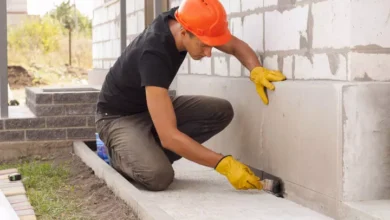You’re 30, but Your Face Thinks You’re 13: What to Do When the Acne Won’t Go Away
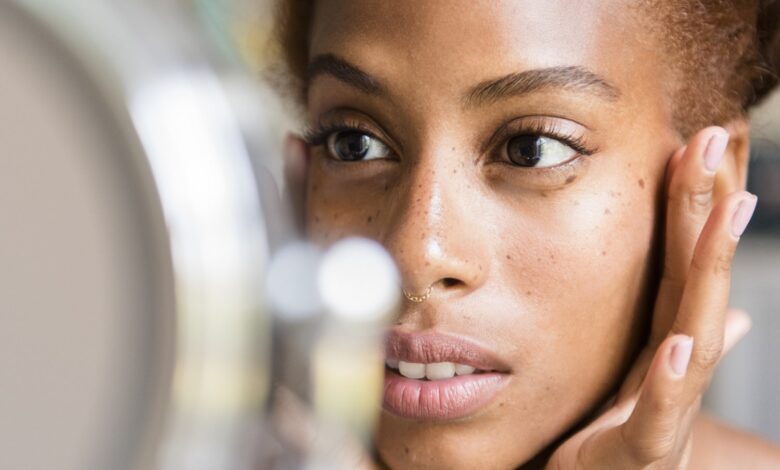
You thought you left middle school (and maybe high school) behind. There it is, though, staring at you in the mirror. A red, swollen, possibly painful spot. It’s a zit, and you’re wondering why it’s there at your age. You’re an adult now—why is your face acting like a teenager with an attitude?
If you’re experiencing adult acne, you’re not alone. Pimples and pustules pop up on millions of adults’ faces every day. That doesn’t mean you have to accept it, though. You have lots of options to fight back. Try these seven strategies to recapture the clear skin you want.
1. Get a Prescription
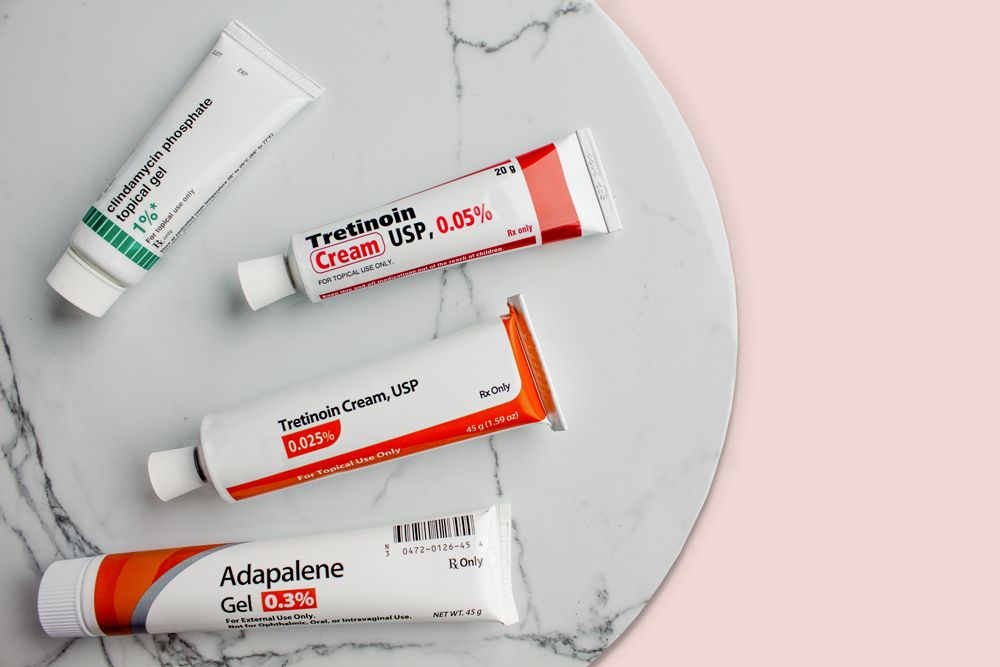
If you’re seeing more than a random spot here and there, talk with your dermatologist. They can recommend several options for acne treatment. Be sure to discuss how each works and what the possible side effects can be. For more information, visit Nurx.com.
Birth control pills affect your hormones to control acne. Antibiotics can also be a good oral medication to keep acne caused by bacteria at bay. If your acne is more severe, though, your doctor could recommend isotretinoin or spironolactone. Again, some of these pills have significant side effects, so make this decision with your dermatologist.
2. Maintain a Cleansing Routine
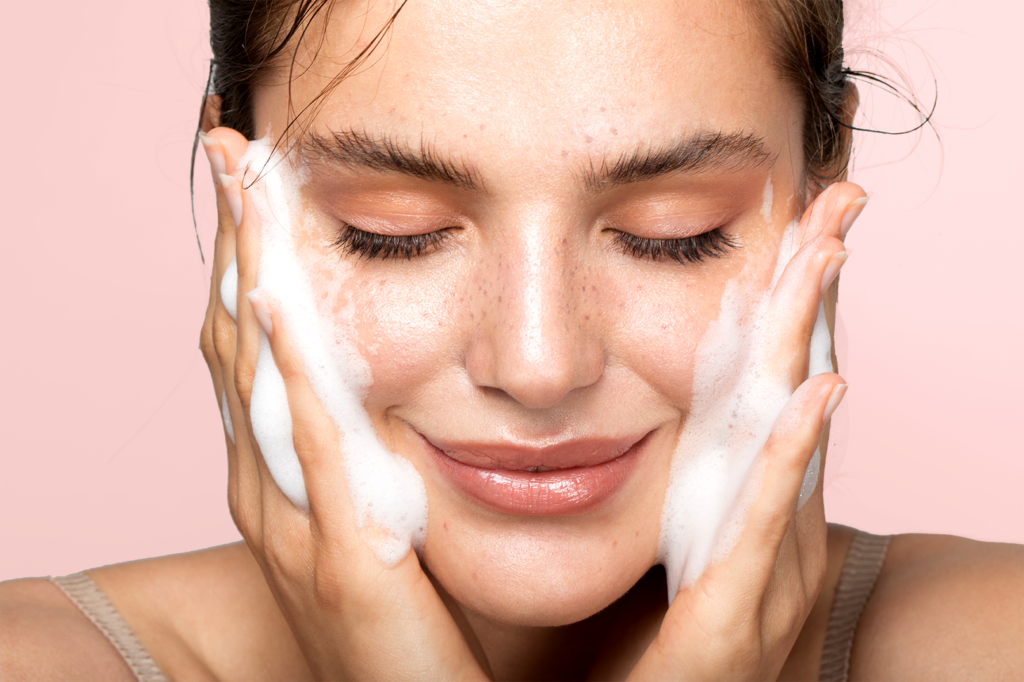
This is likely the most important step you can take to keep your skin clear. It stops acne-causing oil and dirt from building up on your face and burrowing into your pores. Keep in mind, we’re not talking about just splashing water on your face. That doesn’t count.
To really get your face clean, opt for a gentle cleanser. Using cool or warm water, rub it around your face with your hands or a baby washcloth. Work it into your skin for around 30 seconds, and then gently pat your skin dry. Washing your face twice a day is enough.
3. Give Your Skin a Light Scrub
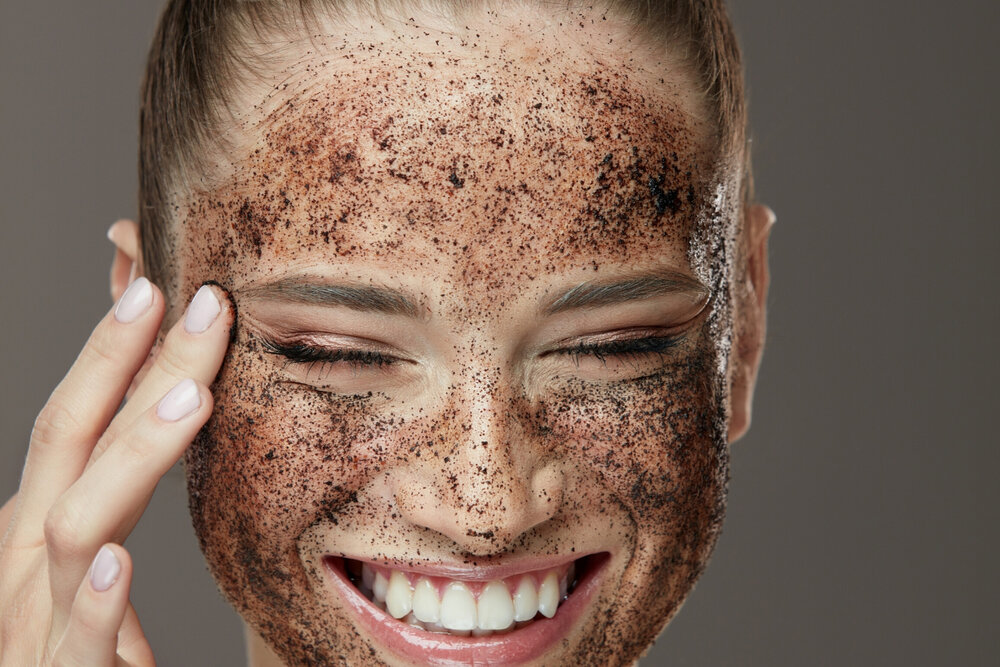
In addition to your twice-daily cleansing, an additional scrubbing also goes a long way to remove pore-clogging gunk. This process, called exfoliation, removes the dead skin cells and oil that can fill your pores and lead to pesky pimples. Choose your exfoliant carefully, though. If you’re acne-prone, some might cause more problems than solutions.
You’re probably familiar with gritty scrubs or rough exfoliant pads. They remove excess cells and oil, leaving your skin feeling soft and smooth. They can also irritate your skin, causing more breakouts. Chemical exfoliants are another option that use chemicals like glycolic or salicylic acid to clean your skin. Whatever product you choose, only use it no more than three times weekly to avoid drying your skin out.
4. Use Medicated Creams or Lotions
Don’t want a pill or a scrub? Try a cream or a lotion instead. There are several over-the-counter options that can give you clearer skin over time.
Benzoyl peroxide does a great job of attacking the bacteria that can cause mild-to-severe acne. Look for a low-concentration product, though, as it can dry out your skin. If you use it correctly, you should have less acne within three weeks. Since we’re talking about adult acne, retinoid creams can offer you a double benefit. Alongside unclogging and preventing new buildup in your pores, these products reduce the sign of wrinkles. It’s a win-win!
5. Get a Shot

If all these methods fail, you could be dealing with cystic acne. These pustules can be buried so deep, they’re almost impossible to reach. If you try too hard to pop them, you could end up with scars. In this case, consider a cortisone shot—it’s not just for pain relief anymore.
A doctor-administered injection directly into the cyst can calm inflammation, redness, and pain. The pustule heals within a few days rather than the few weeks it would take on its own. If you can’t get to a doctor, try the do-it-yourself version. Use a warm or cold compress for a few minutes, then apply a dab of over-the-counter hydrocortisone cream. This method takes longer than the shot, but it does reduce inflammation.
6. Choose Acne-Fighting Makeup
You might think of your makeup as a daily shield you put on. It can also be a shield against acne breakouts if you choose the right products. That means using non-comedogenic makeup that won’t clog your pores.
We’re still enduring the pandemic, so if you can go without makeup under your mask, give it a try. If you must (or want to) wear makeup, though, choose products that include salicylic acid. They will prevent your makeup’s ingredients from working their way down into your pores. You can go a step further and select non-acnegenic products. They won’t cause breakouts to begin with.
7. Get Lasered
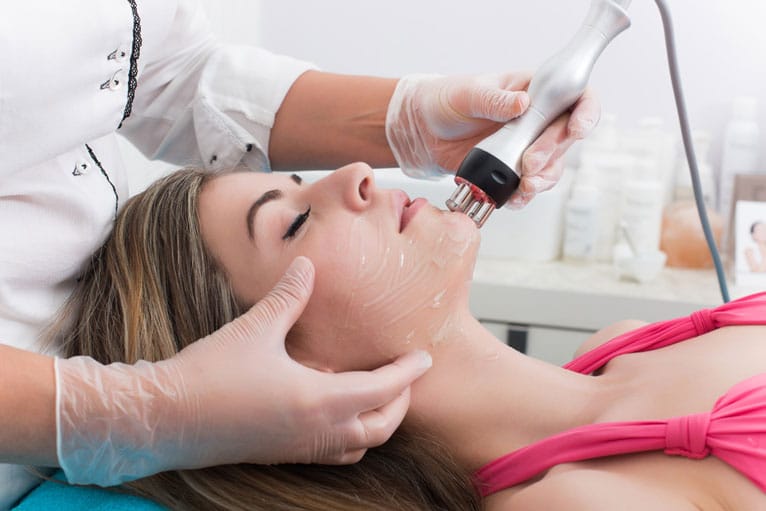
The light from lasers is good for hair removal, so why not acne? It’s an option, according to the American Academy of Dermatology, but results aren’t always consistent. You’ll need to discuss your skin and the severity of your acne with your dermatologist.
Most people see results, but laser therapy usually won’t clear up 100% of your acne. Typically, people see a 50% reduction within four weeks and nearly 75% within three months. You could also experience some redness or swelling. To keep your acne at bay, you may need a follow-up appointment once or twice a year. Your dermatologist may also recommend additional medication.
Having acne as a teenager is maddening enough. Putting up with it into your adult years is a hassle you don’t want to endure. If you find yourself staring at zits in the mirror, give these seven strategies a try. You could see that clear skin you covet in your reflection before you know it.



